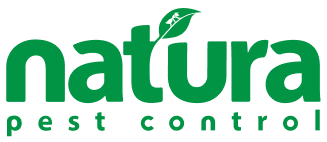Anybody who’s ever enjoyed a cold beverage outside on a warm day in the Vancouver-Portland Metro area knows all too well how common bees, wasps, and other stinging pests are in our area.
And while it’s easy to lump all flying stingers together, there’s more than one important difference between bees and yellow jackets to note.
Understanding these differences can help you avoid nasty stings while also influencing how you handle each species around your property. Here’s what you need to know.
Meet the Most Common Stinging Pests in the PNW
While there are countless lookalikes and stinging pests to watch out for in our region, there are two that are often confused (and with dire consequences): bees and yellow jackets.
First up, bees. Bees are the gentle pollinators of the insect world. They’re typically hairy, round-bodied critters that spend their day gathering pollen and nectar. While they might look intimidating up close, bees are non-aggressive and are crucial for our ecosystem.
These creatures are fuzzy with yellow and black stripes. They feed primarily on nectar and pollen. Bees are important for the environment, as they help pollinate flowers and crops. The best news? They aren’t particularly dangerous, stinging only when absolutely threatened, and they die immediately after delivering one sting.
Yellow Jackets
Yellow jackets are a whole different story. These sleek, shiny-bodied insects aren’t pollinators but instead, are scavengers. They’re notorious for their aggressive tendencies and love for your barbecue leftovers.
They are smooth, with bright yellow and black patterns. They’re smaller than a bee (roughly ⅜ to ⅝ of an inch). Yellow jackets enjoy feeding on sugary drinks, meats, and decaying matter. They are highly territorial, and can sting multiple times. Most disturbingly, they won’t back down if provoked.
Key Differences Between Bees and Yellow Jackets
It’s time to bust out your inner detective and spot the difference between bees and yellow jackets. Here are three big distinctions to keep in mind:
1. Aggression
- Bees are peaceful pollinators that will only sting when under extreme threat.
- Yellow jackets are aggressive by nature, especially in late summer when food is scarce.
2. Nesting Habits
- Bees create waxy, ornate hives in trees, gardens, or man-made structures.
- Yellow jackets form paper-like nests, often hidden underground or inside walls, built using chewed-up wood fibers mixed with their saliva (gross but true!).
3. Body Type
- Bees are plump and hairy, adapting to carry pollen.
- Yellow jackets are sleeker, with almost no discernable body hair.
Why Does This Matter to Homeowners?
Whether you’re a homeowner in Portland or Vancouver, it’s important to understand what you’re dealing with when you notice buzzing activity around your property.
Here’s why recognizing these differences matters:
- Bees are vital for flower and crop pollination. If they nest on your property, you might want to work alongside a beekeeper to relocate the hive without harm.
- Yellow jackets, on the other hand, are a nuisance and pose real safety risks due to their aggressive behavior. Their nests often need professional removal, especially when hidden in dangerous or hard-to-reach spots.
Need Help Managing Bees and Yellow Jackets?
Even if you know the difference between bees and yellow jackets, it can be nerve-wracking to deal with them on your own! That’s where we come in.
At Natura Pest Control, we specialize in safely handling bee and yellow jacket infestations in Oregon & Washington, Vancouver-Portland Metro area. Whether you want to protect the pollinators or eliminate a risky nest, our experts are here to help.
Don’t wait for that sting to happen. Contact us today to tackle your pest problems. Together, we’ll make your home a safer, sting-free space.
Did You Know?
During 2000–2017, there were 1,109 deaths in the U.S. caused by hornet, wasp, and bee stings, with yellow jackets being a primary offender due to their aggressive stinging. That’s a big reason why it’s essential to identify these pests correctly and keep your family safe.
FAQ
Are yellow jackets more aggressive than bees?
Yes. Yellow jackets are far more aggressive and are known to sting repeatedly when provoked. Bees only sting as a last resort to defend themselves.
How can I tell if there’s a bee hive or yellow jacket nest on my property?
Bee hives are often exposed, made of wax, and found in trees or man-made structures. Yellow jacket nests are frequently hidden underground or in crevices and made from paper-like material.
Can yellow jackets and bees coexist in the same area?
While they share some overlapping spaces, yellow jackets and bees tend to avoid each other. Bees are pollinators, while yellow jackets are scavengers, so their food sources and behaviors differ.
Is it safe to remove a yellow jacket nest myself?
It’s not recommended. Yellow jackets are highly territorial and can deliver multiple stings. It’s best to leave nest removal to professionals like our team at Natura Pest Control.
How can Natura Pest Control help?
We provide professional pest control services in Oregon and Washington to safely address bee and yellow jacket activity so your property stays safe (and sting-free) at all times.


